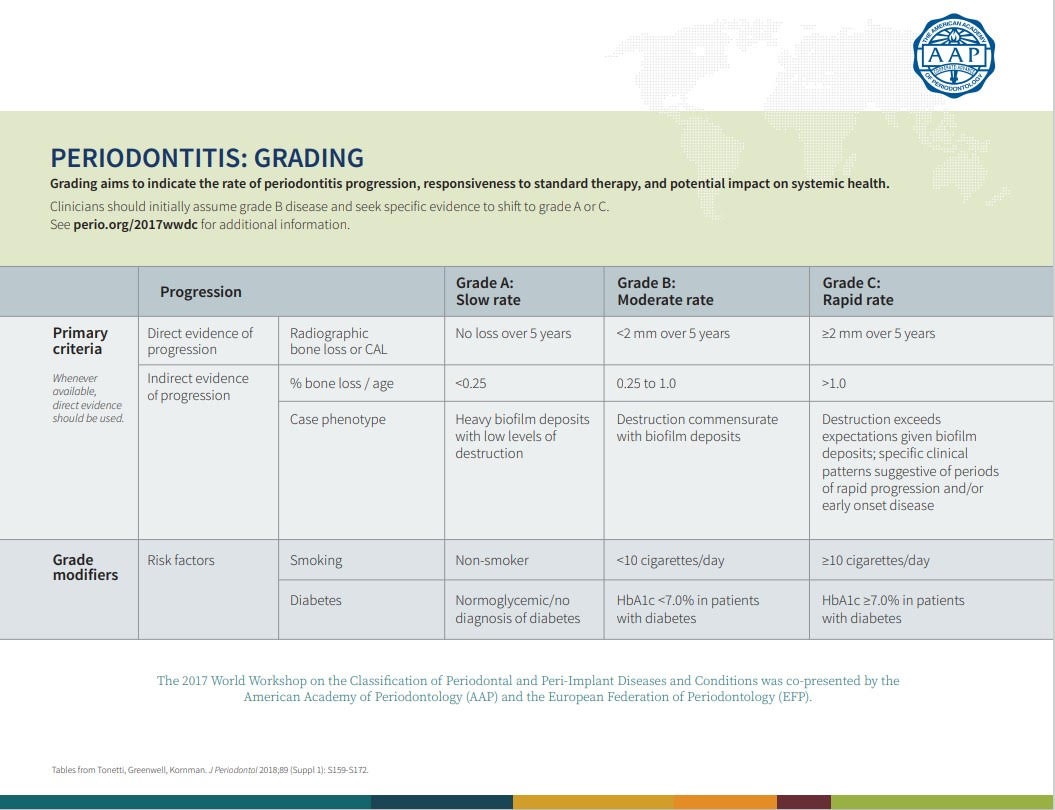
Fighting Insurance Denials for Periodontal Disease: The Disconnect
Nov 16, 2022Part 1: The Disconnect


If you deliver local anesthesia, there’s a good chance you’re treating symptoms and issues that stem from periodontal disease. My students are well informed about gum disease issues, and they should be considering almost half of adults over age 30 have some form of it. Dentists and hygienists in my practice administer local anesthesia daily, and today, I wrote an alarming three appeal letters fighting for periodontal disease to be covered. One insurance company, in particular, requires radiographic evidence of bone loss for scale and root planing (SCRP) to be covered. So how do you appeal insurance denials for periodontal disease?
This is not the standard of care.
“Calculated attachment loss (CAL) is the primary indicator of periodontal disease, NOT radiographic bone loss.”
Says who?
We can start with the American Academy of Periodontology. “Initial stage should be determined using clinical attachment loss.” That’s easy, and we do this daily. “If CAL is not available, radiographic bone loss should be used.” These are the cases where the buildup is too extensive to enable adequate probe depths.
Need more evidence?
The classic textbook CLINICAL PERIODONTOLOGY* states the following: “It is well known that substantial volumes of alveolar bone must be destroyed before the loss is detectable in radiographs; more than 30% of the bone mass at the alveolar crest must be lost for a change in the bone height to be recognized on radiographs.” (*The textbook is currently in its 13th edition, but I have quoted the 8th edition, which is what I studied in dental school.)
I hate, hate, hate that I am getting denials from insurance companies to cover stage 1 periodontal disease - especially as I train hygienists to administer local anesthesia to patients choosing to address issues that stem from gum disease. Offices deserve to function more efficiently with local anesthesia classes for dental hygienists, and our patients deserve to have their diseases treated and covered by insurance. Realizing the disconnect between standard of care and insurance coverage is step one.
My next blog covers auto notes for efficiency and to best get insurance coverage.


